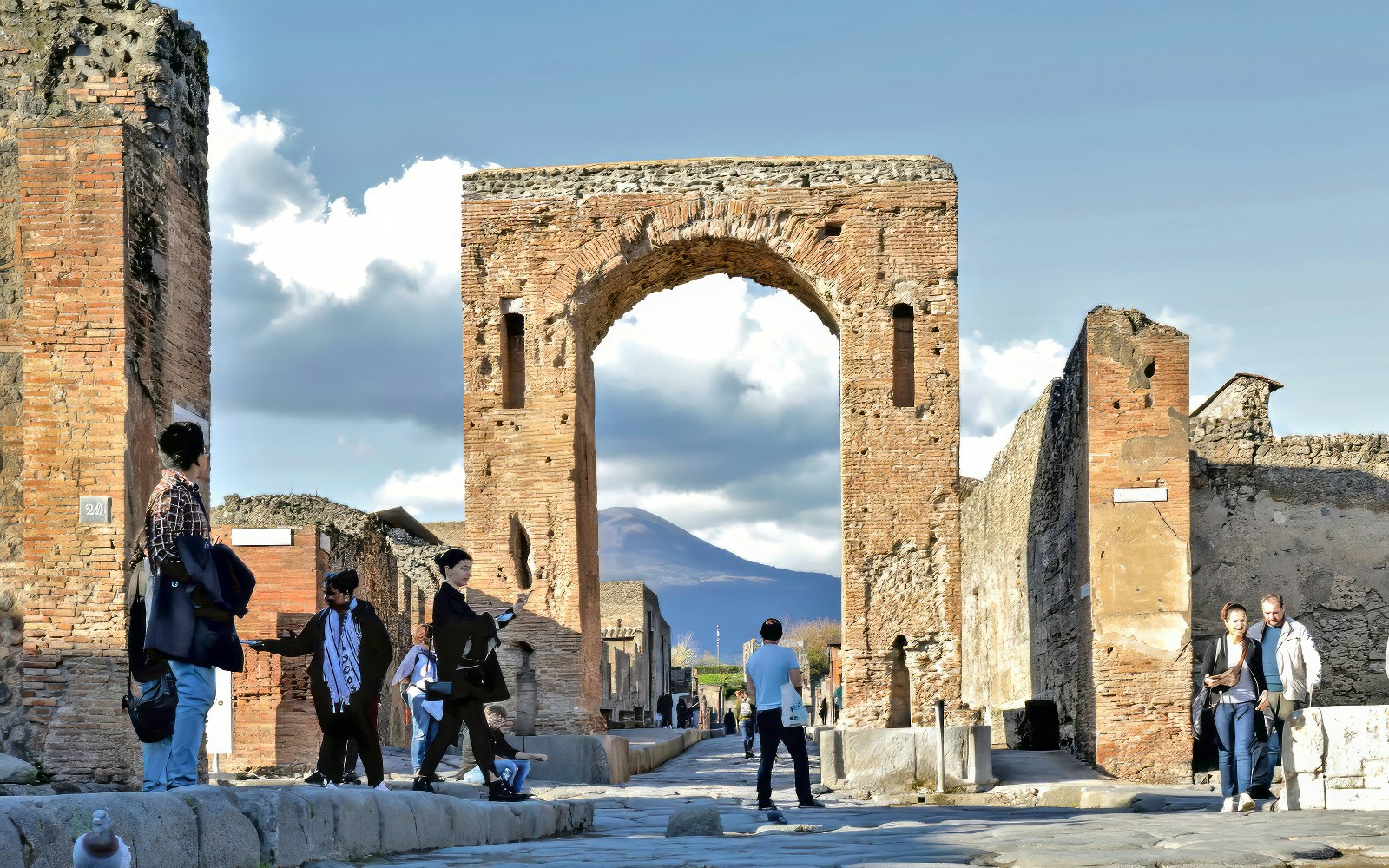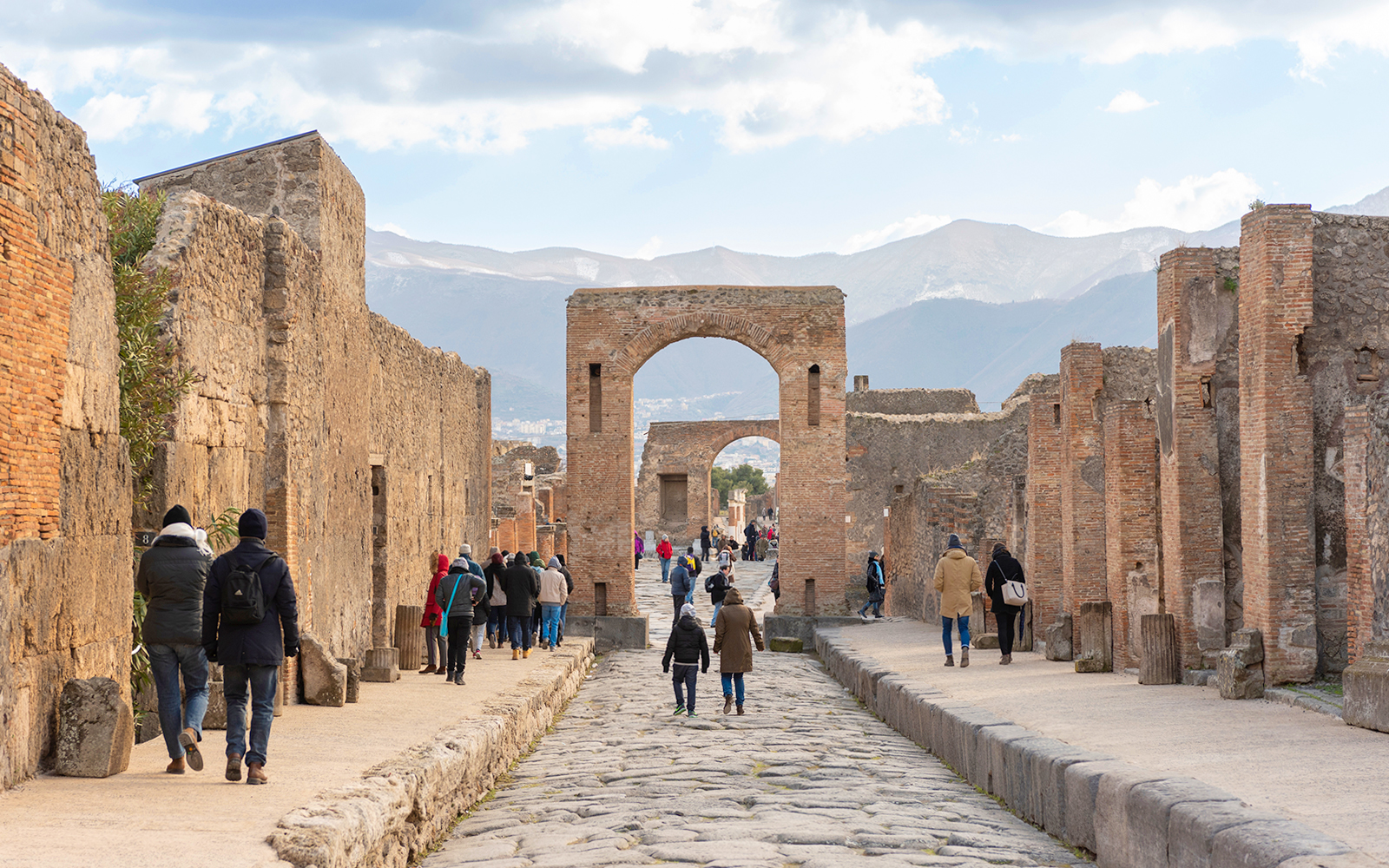Herculaneum, a lesser-known sister city of Pompeii, was frozen in time beneath volcanic debris during Mount Vesuvius’s eruption in 79 AD. Unlike Pompeii, Herculaneum was buried under pyroclastic flows, preserving not just buildings but also organic materials like wood, furniture, and food remains.
Remarkable Preservation
Herculaneum’s unique burial conditions allowed multiple floors of buildings to survive intact, offering an exceptional glimpse into Roman life. Wooden doors, beams, and even scrolls have been found, along with vibrant frescoes and mosaics, revealing the luxury enjoyed by its residents.

Everyday Life Revealed
The city’s homes, shops, and public baths showcase the daily life of its people. Excavations near the ancient shoreline unearthed tragic remains of those who tried to escape, offering a poignant look into their final moments.

A Window into Roman Civilization
Ongoing discoveries in Herculaneum continue to deepen our understanding of Roman society, architecture, and urban life. The site serves as a perfectly preserved time capsule, providing invaluable insights into life nearly 2,000 years ago, and remains a vital link to the Roman past.


